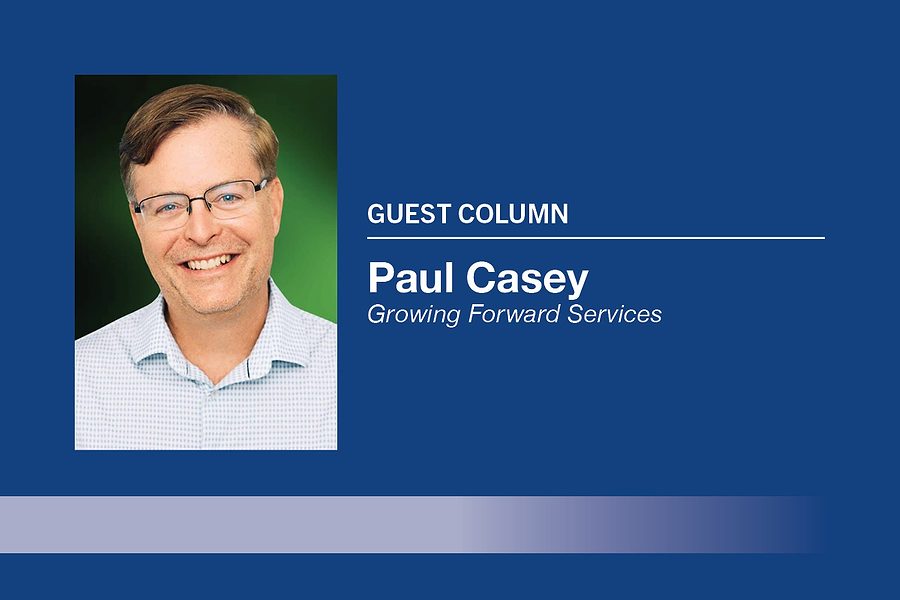
Home » The secret sauce of workplace culture isn’t rocket science
The secret sauce of workplace culture isn’t rocket science

February 13, 2025
Workplace culture is like a secret sauce – you know when it’s good, and you definitely know when it’s bad. It’s the magical concoction that keeps employees happy, productive and not plotting excuses to skip the next Zoom meeting.
While often mistaken for mere vibes, workplace culture is built on a solid (or wobbly) infrastructure of leadership, communication, values, policies and employee engagement.
Leadership
Leadership sets the tone, whether it fosters a harmonious environment of collaboration or creates an atmosphere of inefficiency and miscommunication.
Great leaders embody the company’s mission and values, inspire trust and demonstrate resourcefulness and adaptability, such as troubleshooting common office equipment issues.
However, not all leaders hit the mark. Autocratic bosses might run a tight ship, but they often steer it straight into a sea of frustration.
Participative leaders, on the other hand, understand the value of a good brainstorming session. Balance is key. No one wants a boss who’s too hands-off or one who micromanages your lunch break.
The Wi-Fi lifeline
Communication in the workplace is like Wi-Fi—when it’s strong, everything runs smoothly. When it’s weak, chaos ensues.
Transparent communication builds trust and prevents employees from decoding cryptic emails like ancient scrolls. It relies on open-door policies, open Slack channels and town hall meetings.
Commnication should also be balanced. Overcommunicating can be just as bad as under communicating. Nobody needs a 30-slide PowerPoint about the new break room coffee pods.
The office’s moral compass
Core values are the guiding principles for a company. They tell employees what’s important and why. The problem? If they’re only mentioned during onboarding and then forgotten, they’re about as useful as a motivational poster in the break room.
To make values stick, live them. Show employees these aren’t just fancy words but the office’s fundamental beliefs.
Celebrate examples. If “innovation” is a value, recognize the team member who turns the leftover supply closet into a state-of-the-art nap pod.
Policies and practices
Policies are the unglamorous backbone of culture.
They should cover everything from onboarding to remote work flexibility.
Inclusive policies are crucial. Wellness programs, for instance, should fit all schedules.
Consistency is key. Randomly applied policies can hurt morale and come across as nitpicky and micromanaging.
Employee engagement
Employee engagement is what happens when people want to work instead of just showing up to collect a paycheck.
It’s built on recognition programs that celebrate big and small wins, and career development opportunities that show investment in employees’ futures.
Perks like office pizza parties – because free food is a universal motivator – also help.
Technology
Technology can make or break workplace culture.
Use tools like Slack, Zoom and Asana to keep teams connected, or overwhelm them with notifications.
And remember, they should enable connection but not replace genuine interactions. Just because you can schedule 14 back-to-back virtual meetings doesn’t mean you should.
What to change?
Identifying what employees want to change about the workplace culture requires patience and strategy. And what you learn may surprise you. You thought casual Fridays were going to be a hit, but what your employees may want are flex hours to be able to see their child’s soccer game.
Here are some ways to figure this out:
- Conduct a culture audit so employees can spill the tea without anyone knowing who’s spilling it.
- Host open forums or focus groups where people can share what’s great and what’s not.
- Regularly check in during one-on-one meetings to catch those recurring themes, like the one employee who keeps suggesting “no one listens to their ideas" or “communication is really lacking in this office.”
- Encourage employees to propose actionable solutions that are as practical as they are brilliant. Think less “bring back casual Fridays” and more “let’s get a chair that doesn’t sound like it’s going to break when I sit down.”
Workplace culture isn’t all rainbows and team-building retreats. Remote work, rapid growth and diverse teams mean new challenges.
Balancing innovation with maintaining established workflows can strain teams unprepared for rapid shifts.
Remote work can feel like shouting into the void without proper management. Navigating the complexities of remote work and hybrid setups requires clear strategies to maintain collaboration, productivity and team cohesion.
Build it and they will stay
A great workplace culture isn’t just good vibes; it’s good business. Benefits include engaged employees who are more productive, happier customers and reduced turnover.
Toxic cultures, on the other hand, cost companies billions in lost productivity and high attrition rates.
The infrastructure of workplace culture isn’t rocket science. Leadership, communication, values, policies and engagement are the sturdy planks that keep it all together. Throw in some snacks, recognition (celebrate the wins!) and a sense of humor, and you’ve got a workplace people actually want to be part of.
Invest in your culture, and you’ll create a resilient, thriving organization – and fewer employees will fake a dentist appointment to avoid Monday’s meeting.
Paul D. Casey lives in the Tri-Cities and is the owner of Growing Forward Services, which aims to equip and coach leaders and teams to spark breakthrough success.
Leadership Development Opinion
KEYWORDS February 2025
Related Articles
Related Products





